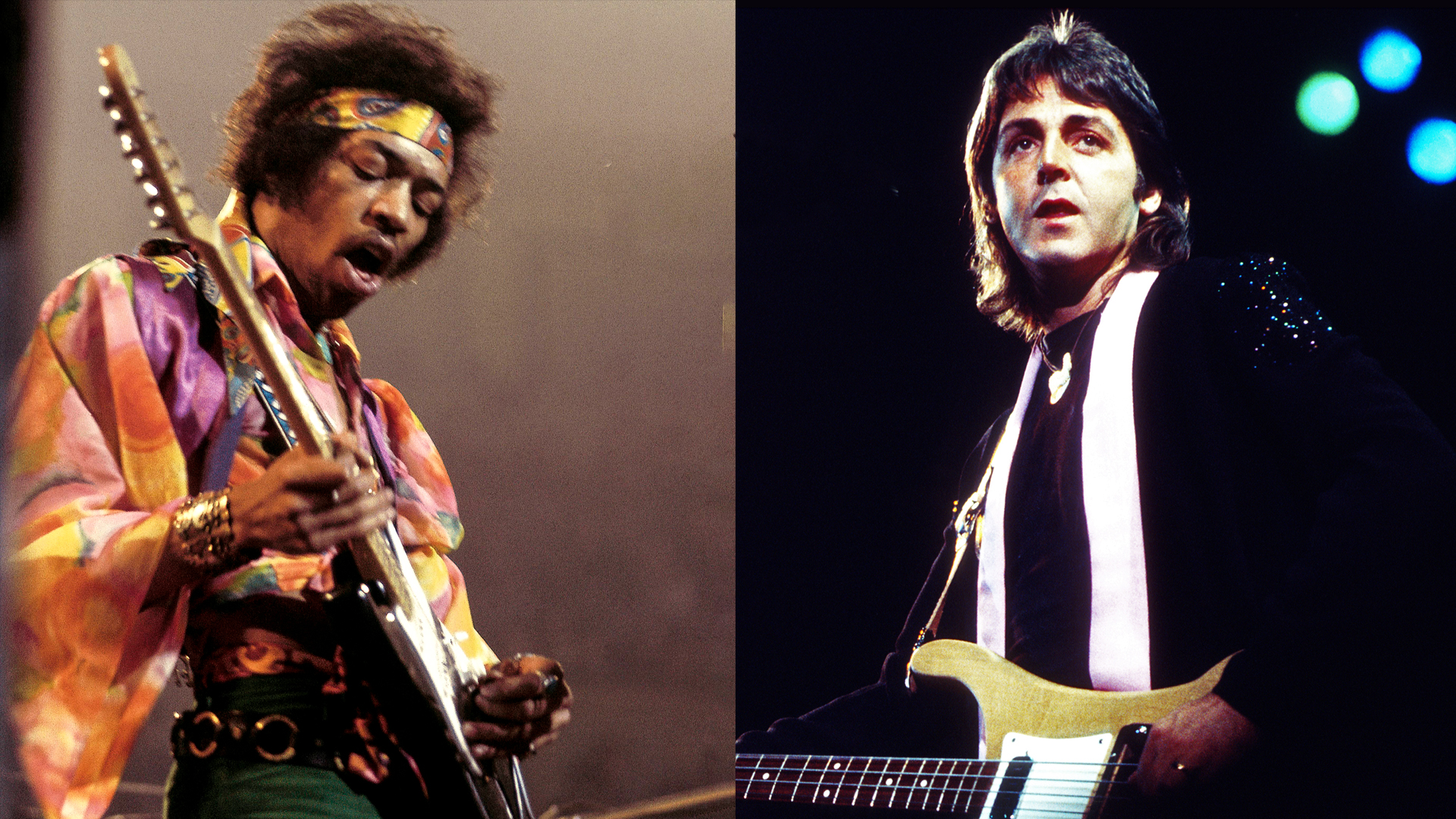Jazz Great Wes Montgomery Explains Why the Guitar is “Not a Perfect Instrument”
The epitome of cool talks jazz and pulls out his hottest licks.
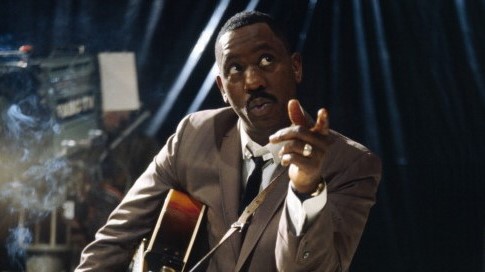
When the electric guitar began to catch on in the ‘50s and ‘60s, jazz music flourished and a new generation of guitar heroes emerged. Since the release of the L-5 jazzbox in 1923, Gibson had been leading the charge in the f-hole archtop market, and in 1951, the single-cutaway electric version – the L-5CES – made its debut.
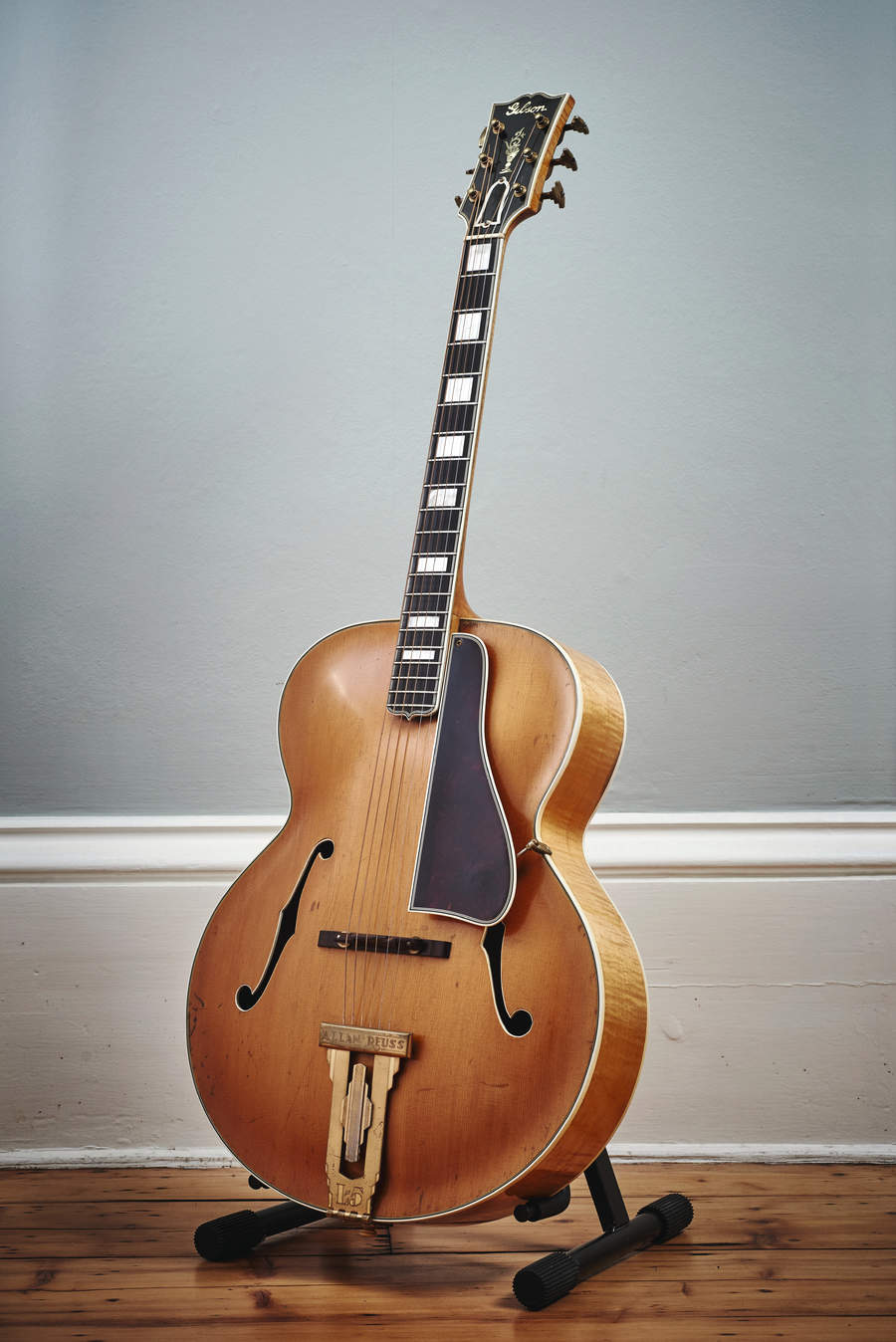
Considered to be one of Gibson’s finest designs, the L-5 has proven to be an instrument of choice for many a jazz legend over the decades, and in this film from the mid-‘60s, Wes Montgomery can be seen playing his famous ‘heart' guitar.
With its rounded/Venetian cutaway and humbucker, this iconic instrument appears to be an L-5CES at first sight. It is, however, a modified single-cutaway L-5C.
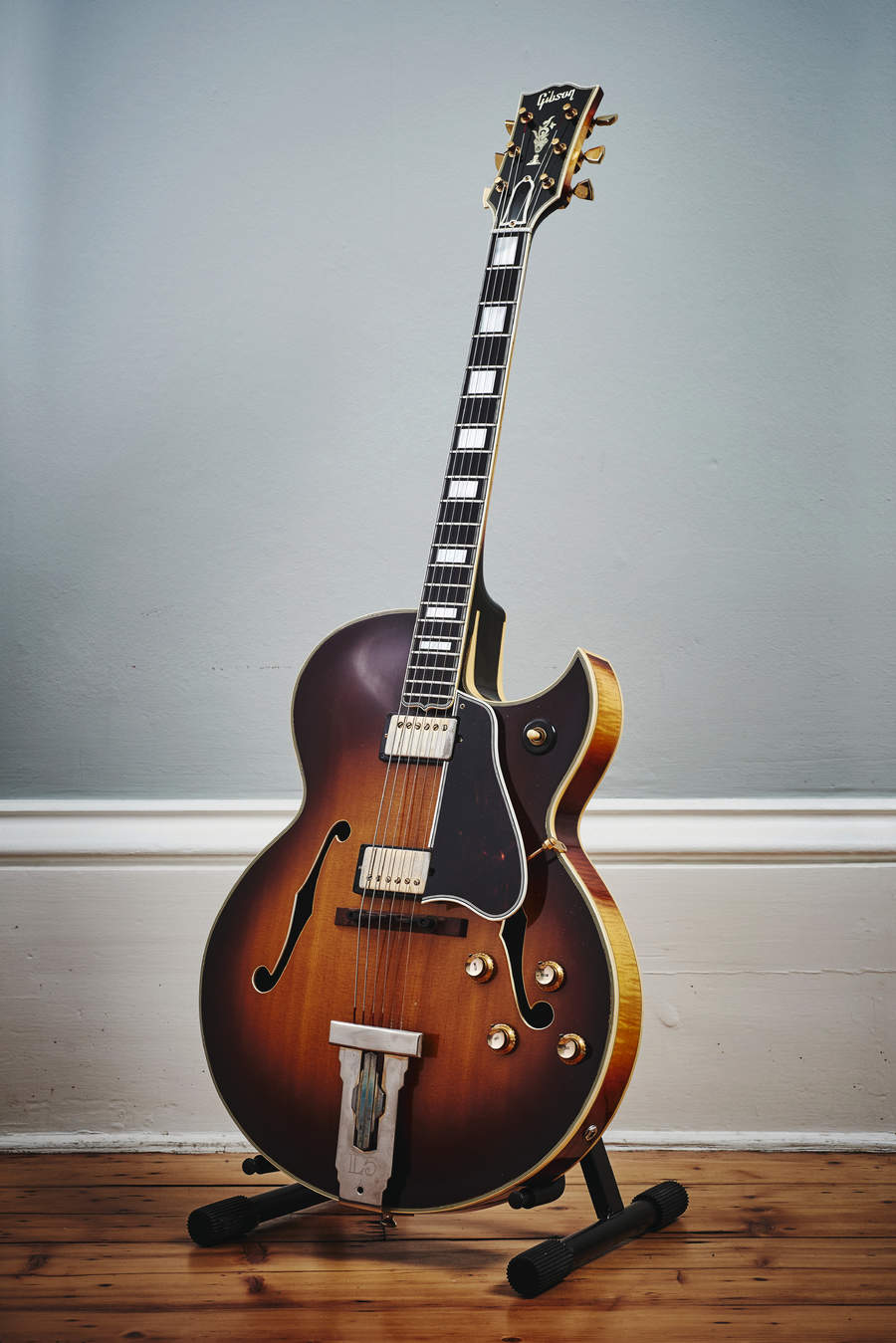
“Wes Montgomery was the leading ambassador of the L-5 for many years,” recalls Gibson archtop historian Thomas Van Hoose. “I got to examine Wes’ single pickup ‘heart’ guitar – which is probably the most famous L-5 – and discovered it is not an L-5CES, as is sometimes thought.
"When we lifted out that PAF [humbucker], you could see the top braces had been cut through and the label said “L-5C”. And there were two little holes at the top of the neck where a DeArmond pickup had been.
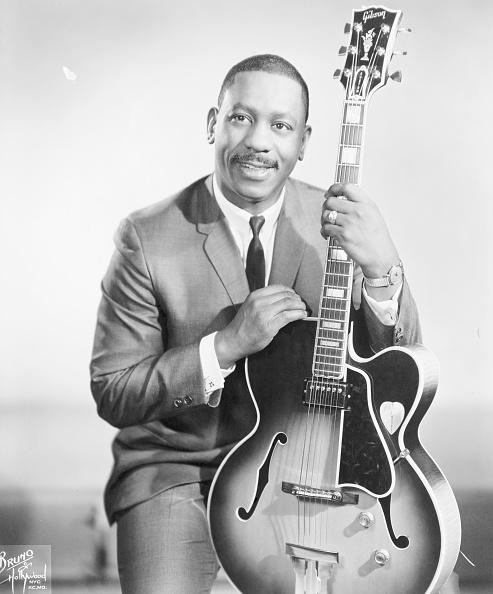
“L-5 guitars were most popular with jazz guitarists like Wes. Some of the early rock ‘n’ rollers like Scotty Moore used L-5 electrics, but the feedback problems, the size of instruments, and the fact that guitarists were jumping around on stage more and more meant the ES guitars were much better suited.
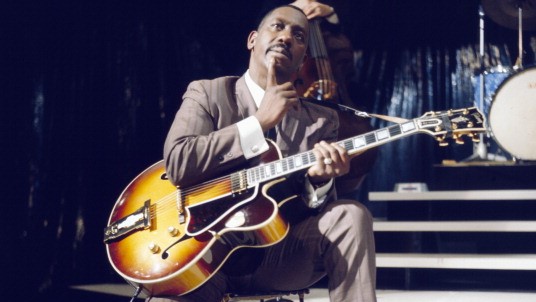
"Think about Chuck Berry – he didn’t start with an L-5CES or Super 400CES. He started with a Les Paul Custom very early on then went to the ES-350T. Perfect. And from there, he went to the ES-335, 345 and 355 and stayed with those. So, the L-5CES was relegated away from rock ‘n’ roll and back to jazz and solo guitar, and the sales kind of reflected that. But it all had to start from somewhere!”
All the latest guitar news, interviews, lessons, reviews, deals and more, direct to your inbox!
Discover more of Wes Montgomery's music here.
Rod Brakes is a music journalist with an expertise in guitars. Having spent many years at the coalface as a guitar dealer and tech, Rod's more recent work as a writer covering artists, industry pros and gear includes contributions for leading publications and websites such as Guitarist, Total Guitar, Guitar World, Guitar Player and MusicRadar in addition to specialist music books, blogs and social media. He is also a lifelong musician.

